Clip from Lew Later (This iPhone is 1 in 100 Million…) — https://youtu.be/OczdkxrD2uQ.
Category: bioengineering – Page 132
NASA MOXIE device will create oxygen on Mars
Circa 2020 o.o
The NASA Perseverance Rover has a device aboard called MOXIE that will convert the air available on Mars into oxygen. The device is a test, and if the technology was used on a larger scale could produce oxygen for humans to breathe on the Red Planet and could be used for rocket fuel. NASA knows that one of the most challenging parts of putting people on Mars will be getting them off the planet and back to Earth.
Two get a crew for off Mars would require 55000 pounds of oxygen to produce thrust from 15000 pounds rocket fuel. Rather than send all of the oxygen needed from Earth to Mars, scientists want to enable the astronauts to create the rocket fuel on Mars. MOXIE is a first-generation oxygen generator meant to test technology that could create the required oxygen.
MOXIE stands for Mars Oxygen In-Situ Resource Utilization Experiment and is an experiment that is entirely separate from the Perseverance’s primary science mission. One of the main missions of Perseverance is to recover rock samples that can be returned to earth that might have signs of ancient microbial life. MOXIE is focused on the engineering required for future human exploration efforts.
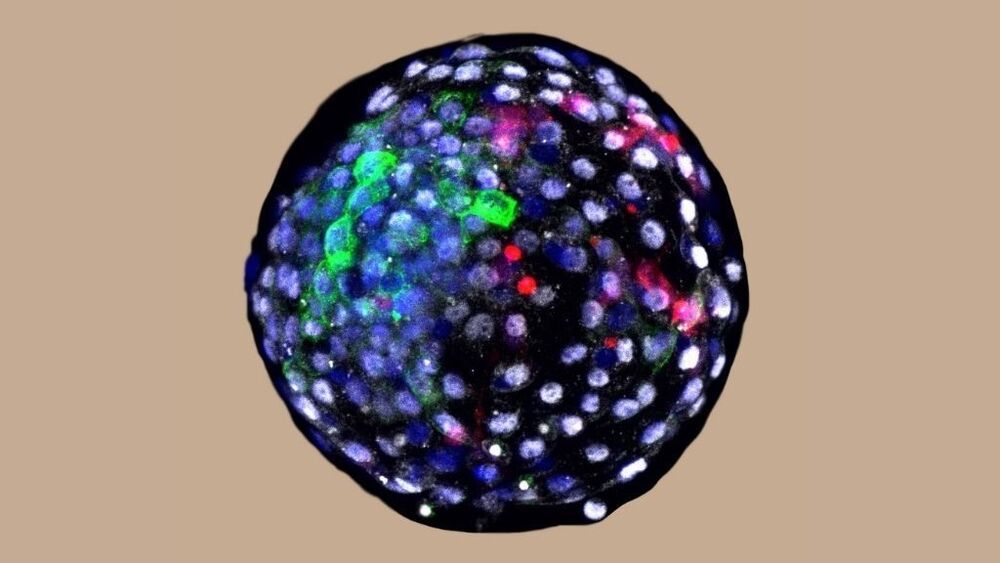
Part-human, part-monkey embryos grown in lab dishes
Scientists injected dozens of human stem cells into developing monkey embryos, and the resulting hybrids survived for up to 20 days in lab dishes.
These human-monkey embryos could someday serve as helpful models for human disease, embryonic development and aging, the study authors noted in a new report, published April 15 in the journal Cell. By zooming in on the interaction of human and animal cells in the embryos, scientists could also learn how to help human cells survive amongst animal cells, potentially advancing the effort to grow human organs in living animal models.
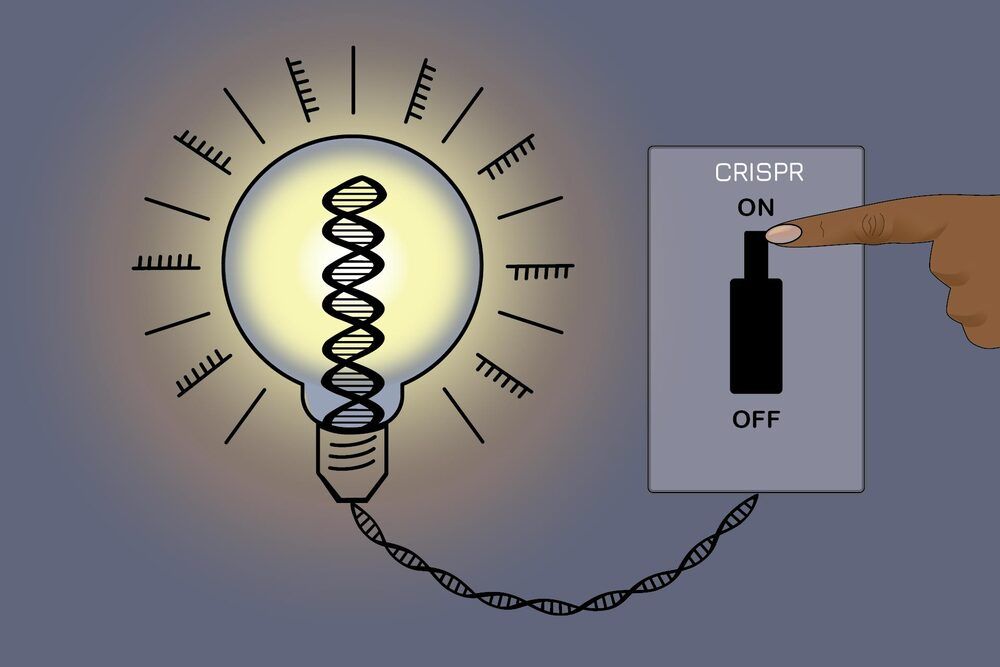
Genetic Engineering 2.0: An On-Off Switch for Gene Editing
New, reversible CRISPR method can control gene expression while leaving underlying DNA sequence unchanged.
Over the past decade, the CRISPR-Cas9 gene editing system has revolutionized genetic engineering, allowing scientists to make targeted changes to organisms’ DNA. While the system could potentially be useful in treating a variety of diseases, CRISPR-Cas9 editing involves cutting DNA strands, leading to permanent changes to the cell’s genetic material.
Now, in a paper published online in Cell on April 9, researchers describe a new gene editing technology called CRISPRoff that allows researchers to control gene expression with high specificity while leaving the sequence of the DNA unchanged. Designed by Whitehead Institute Member Jonathan Weissman, University of California San Francisco assistant professor Luke Gilbert, Weissman lab postdoc James Nuñez and collaborators, the method is stable enough to be inherited through hundreds of cell divisions, and is also fully reversible.
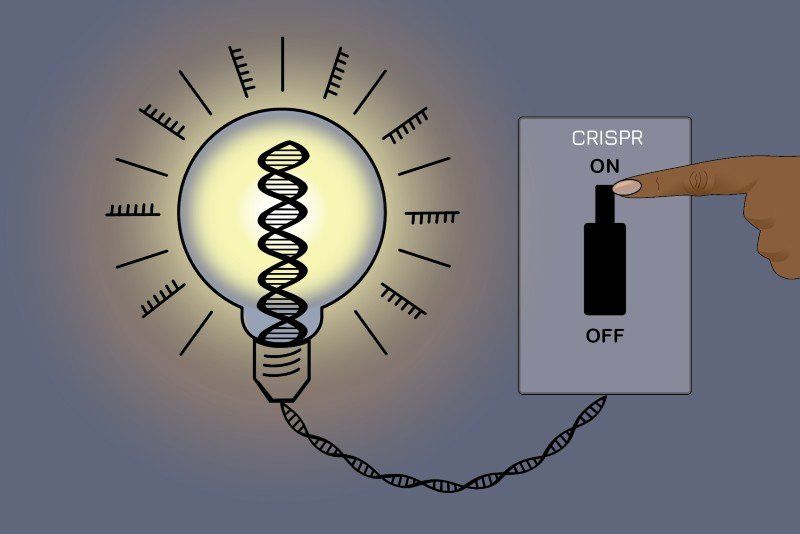
MIT and UCSF researchers create CRISPR ‘on-off switch’ that controls gene expression without changing DNA
The gene editing system CRISPR-Cas9 makes breaks in DNA strands that are repaired by cells—a process that can be hard to control, resulting in unwanted genetic changes. Researchers at the Massachusetts Institute of Technology and the University of California, San Francisco (UCSF) designed an alternative technology that changes gene expression without damaging DNA, and they believe it could be useful for both research and drug development.
The researchers used their system, dubbed CRISPRoff and CRISPRon, to induce pluripotent stem cells to transform into neurons. They also used it to silence the gene that makes the protein Tau, which has been implicated in Alzheimer’s disease. They described their research in the journal Cell.
The MIT and UCSF researchers started by creating a machine made of a protein and small RNAs that guided it to specific spots on strands of DNA. The machine adds “methyl groups” to genes to silence their expression. The technology can also reverse the process, turning the genes back on by removing the methyl groups.
These mobile, self-healing living robots were born from frog stem cells
Like something straight out of a pulpy sci-fi horror flick, researchers at Tufts University and the University of Vermont (UVM) have engineered a new generation of living robots they call Xenobots, which demonstrate cooperative swarm activity while collecting piles of micro particles.
Last year, this same team of scientists and biologists created tiny self-healing bio-machines that exhibited movement, payload pushing abilities, and a sort of hive mentality. The blueprints for creating these biological bots, which technically aren’t a typical robot or a catalogued animal species, but instead are more akin to a distinct class of unique artifact that acts as a living, programmable organism.
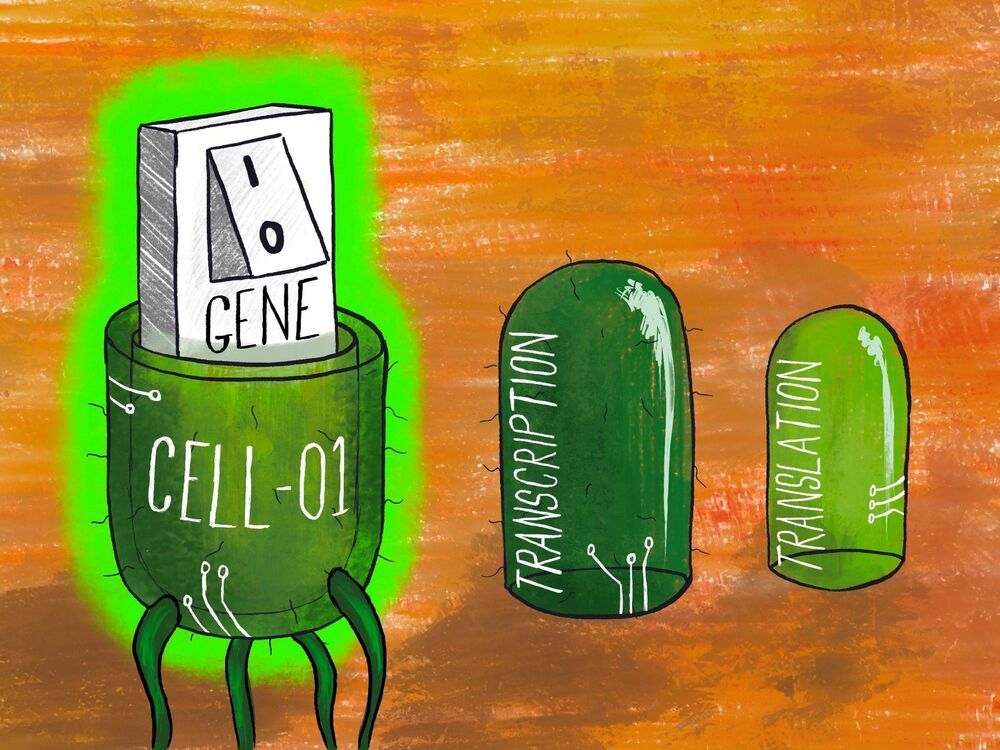
Bioengineers Learn the Secrets to Precisely Turning on and off Genes in Living Cells
In a recent study led by the University of Bristol, scientists have shown how to simultaneously harness multiple forms of regulation in living cells to strictly control gene expression and open new avenues for improved biotechnologies.
Engineered microbes are increasingly being used to enable the sustainable and clean production of chemicals, medicines and much more. To make this possible, bioengineers must control when specific sets of genes are turned on and off to allow for careful regulation of the biochemical processes involved.
Their findings are reported in the journal Nature Communications.
Dr. Lee Chae — Co-Founder / CTO, Brightseed — Re-Connect People and Plants, For Health & Wellness
Using Artificial Intelligence And Plant Biology, To Re-Connect People and Plants, For Health & Wellness — Dr. Lee Chae, Ph.D., Co-Founder & CTO, Brightseed.
Dr. Lee Chae, Ph.D., is a Co-Founder and Chief Technology Officer at Brightseed, a novel life sciences company, merging the tools of plant biology and artificial intelligence, with a goal of enabling a healthier future by re-illuminating and re-activating the connections between people and plants.
Dr. Chae is a seasoned R&D technology developer and has designed advanced discovery methodologies for food technology, agricultural biotech, bio-medicine, and synthetic biology. He has been a principal scientist of multiple discoveries, including machine-learning driven discovery of novel nutritional bio-actives in plants and computationally guided identification of plant-based proteins for food.
With as Ph.D in Plant Biology, Computational and Genomic Biology, from University of California, Berkeley, Dr. Chae was also a founding member of the Quantitative Biosciences Institute, and did Post-Doctoral Research at the Carnegie Institution at Stanford.
Prior to Brightseed, Dr. Chae served as the VP of R&D at Hampton Creek, a company developing and marketing plant-based alternatives to conventionally-produced food products.
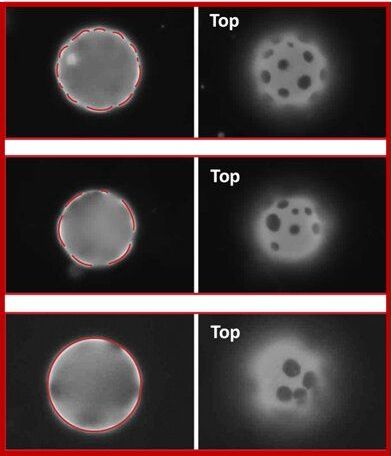
Research team discovers use of elasticity to position microplates on curved 2D fluids
A team of polymer science and engineering researchers at the University of Massachusetts Amherst has demonstrated for the first time that the positions of tiny, flat, solid objects integrated in nanometrically thin membranes—resembling those of biological cells—can be controlled by mechanically varying the elastic forces in the membrane itself. This research milestone is a significant step toward the goal of creating ultrathin flexible materials that self-organize and respond immediately to mechanical force.
The team has discovered that rigid solid plates in biomimetic fluid membranes experience interactions that are qualitatively different from those of biological components in cell membranes. In cell membranes, fluid domains or adherent viruses experience either attractions or repulsions, but not both, says Weiyue Xin, lead author of the paper detailing the research, which recently appeared in Science Advances. But in order to precisely position solid objects in a membrane, both attractive and repulsive forces must be available, adds Maria Santore, a professor of polymer science and engineering at UMass. In the Santore Lab at UMass, Xin used giant unilamellar vesicles, or GUVs, which are cell-like membrane sacks, to probe the interactions between solid objects in a thin, sheet-like material. Like biological cells, GUVs have fluid membranes and form a nearly spherical shape. Xin modified the GUVs so that the membranes included tiny, solid, stiff plate-like masses.

A Single Injection Reverses Blindness in Patient with Rare Genetic Disorder – Another RNA Success
A patient with a genetic form of childhood blindness gained vision, which lasted more than a year, after receiving a single injection of an experimental RNA therapy into the eye.
The gene editing research was conducted at the Perelman School of Medicine in the University of Pennsylvania. Results of the case, detailed in a paper published April 1 in Nature Medicine, show that the treatment led to marked changes at the fovea, the most important point of human central vision.
In the international clinical trial, participants received an intraocular injection of an antisense oligonucleotide called sepofarsen. This short RNA molecule works by increasing normal CEP290 protein levels in the eye’s photoreceptors and improving retinal function under day vision conditions.